Observing pumas (Puma concolor) in Torres del Paine National Park and surroundings is a fascinating experience that can be enjoyed at any time of the year. These majestic felines are permanent residents of the area, hence they don't migrate. Guests can therefore observe pumas in their natural habitat during any time of the year.
In Torres del Paine National Park, each season offers a unique and different experience. For this new blog post, we spoke with two of our naturalist guides, Susanne Widmer and Diego Olivares, who have lead winter expeditions. They told us about the experiences they had made while looking for pumas in the coldest season of the year.
The Puma: The Great Predator of Patagonia
The puma is the fourth-largest cat in the world, after the tiger (Panthera tigris), the lion (Panthera leo), and the jaguar (Panthera onca). In Patagonia, it is the largest predator, a magnificent animal that has conquered this vast territory. Studies have observed that as we approach the poles, the puma grows larger at higher latitudes, adapting to the harsh Patagonian environment. In Torres del Paine National Park, adult males have been recorded weighing up to 100 kg.
The puma’s coat is almost uniform, though it varies between individuals, from grayish-brown to reddish tones. Unlike other felines, the puma has no spots or stripes, allowing it to blend perfectly into its environment. Its neutral color mimics the shades of rocks and vegetation, making it an expert of the camouflage.
The presence of snow in the region makes it easier to spot pumas, as the white snow creates a contrast with the surroundings, making the tracks of these felines more visible. Additionally, there is the chance to observe other species of birds and mammals, making this experience even more fascinating.
Pumas and Snowy Landscapes: An Unforgettable Experience in Torres del Paine
Winter transforms Torres del Paine National Park into a unique setting for observing pumas, and Susanne describes it as an incredible time to experience this activity. Although the days are shorter, the winter conditions bring surprising advantages: less wind, fewer tourists, and an atmosphere of tranquility that is hard to find during peak season. Even driving along snow-covered paths, while challenging, adds a touch of adventure, making this experience even more special in the heart of Patagonia.
Diego, on the other hand, emphasizes that winter in Torres del Paine means temperatures can reach -10 °C in the sighting areas. Frequent snowfall and unique atmospheric phenomena create spectacular landscapes, with sunrises and sunsets bathed in vibrant colors. These elements make every excursion an unforgettable experience, where the majesty of the pumas combines with the winter landscapes.
Can you imagine walking on snow while observing this majestic predator in a completely wintery environment? Dare to experience winter in Patagonia while observing pumas!
Preparation and Experience for Puma Sightings
Observing pumas in their natural habitat is a unique experience, but to make the most of this activity, it is essential to know the terrain conditions well, especially in winter. At Far SouthFar South, our guides, with extensive experience in the area, ensure that each expedition is carried out safely and comfortably, even under snow and low temperatures. Their knowledge of the area not only guarantees the safety of participants but also provides a memorable and enriching experience.
Puma Behavior in Winter
The puma is a crepuscular animal, meaning its most active times are during the early morning hours and at sunset. In winter, when daylight hours are limited, the puma must make the most of each day. It is common to find tracks and hunting signs in the snow, which serve as important indicators for locating these magnificent felines.
Diego told us that in winter, pumas hunt easier prey like hares, but due to their size, these do not cover all their energy needs. Therefore, they must hunt larger animals, such as guanacos. These searches take place between areas with abundant scrub (Chiliotrichum diffusum), which they also use as shelter to withstand the winter weather conditions.
Discover our puma sighting excursions in Patagonia:
Patagonian Pumas Photography Trip
Pumas and Birds of Patagonia
Pumas, Penguins and Whales
Puma Safari in Patagonia
Recommended Gear for Puma Observation in Patagonia
The climate is a determining factor in the experience of observing pumas in their natural habitat, especially during the colder months of Patagonia. During this expedition, Diego shares that it is common to have to remain still for long periods, often in direct contact with the snow, which intensifies the feeling of cold. To ensure a comfortable and safe experience, it is essential to be well-prepared with the right gear.
Susanne, our guide, recommends wearing proper thermal clothing for subzero temperatures, gloves, hats, and scarves that protect from the wind and snow, as well as thermal pants and waterproof shoes. These elements are essential to fully enjoy winter excursions without sacrificing comfort.
Additionally, our guides will always be prepared to offer a hot drink during the journey, ensuring that everyone stays comfortable and energized throughout the day. With the right gear and the support of our guides, the experience of spotting pumas in winter becomes an unforgettable adventure!



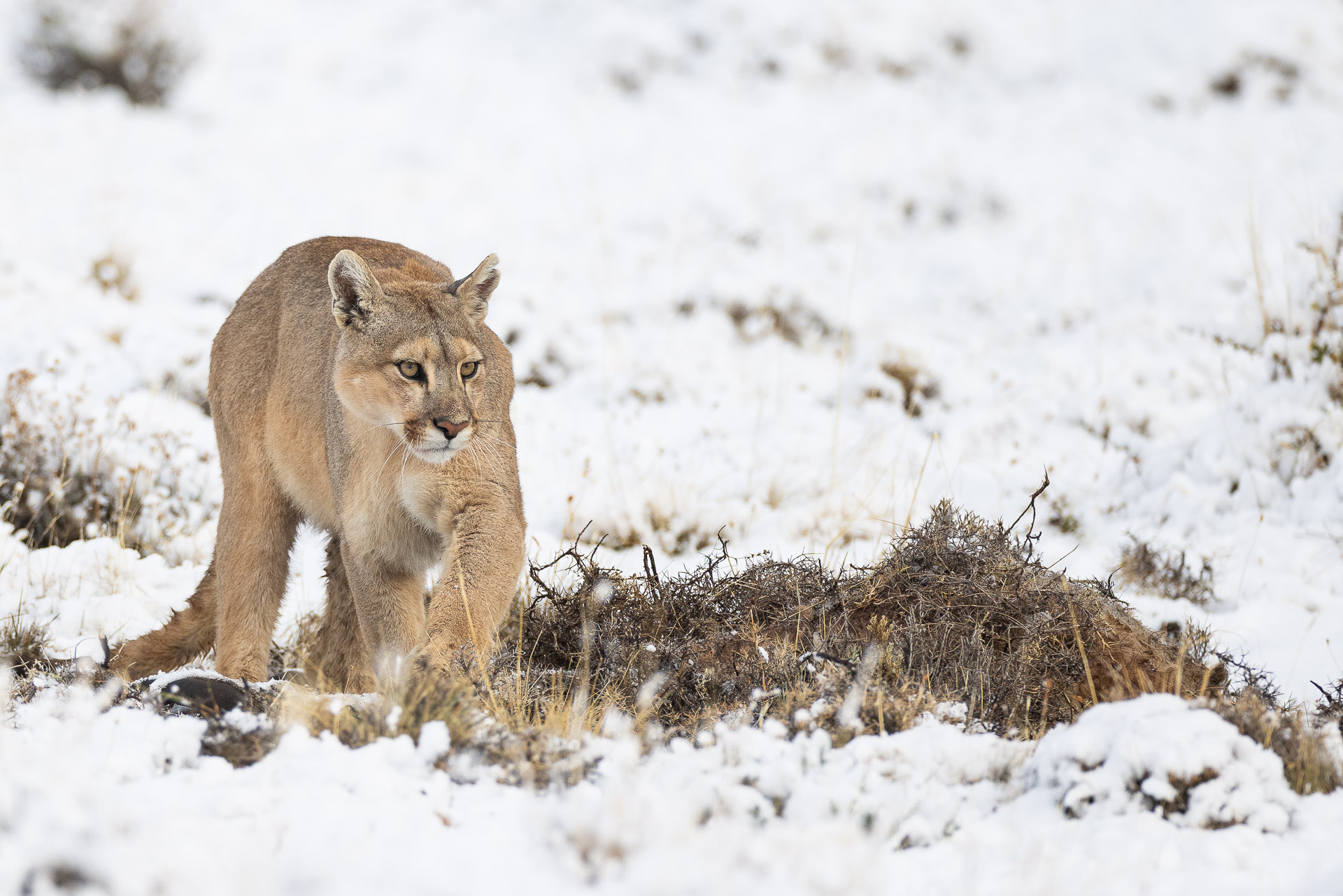
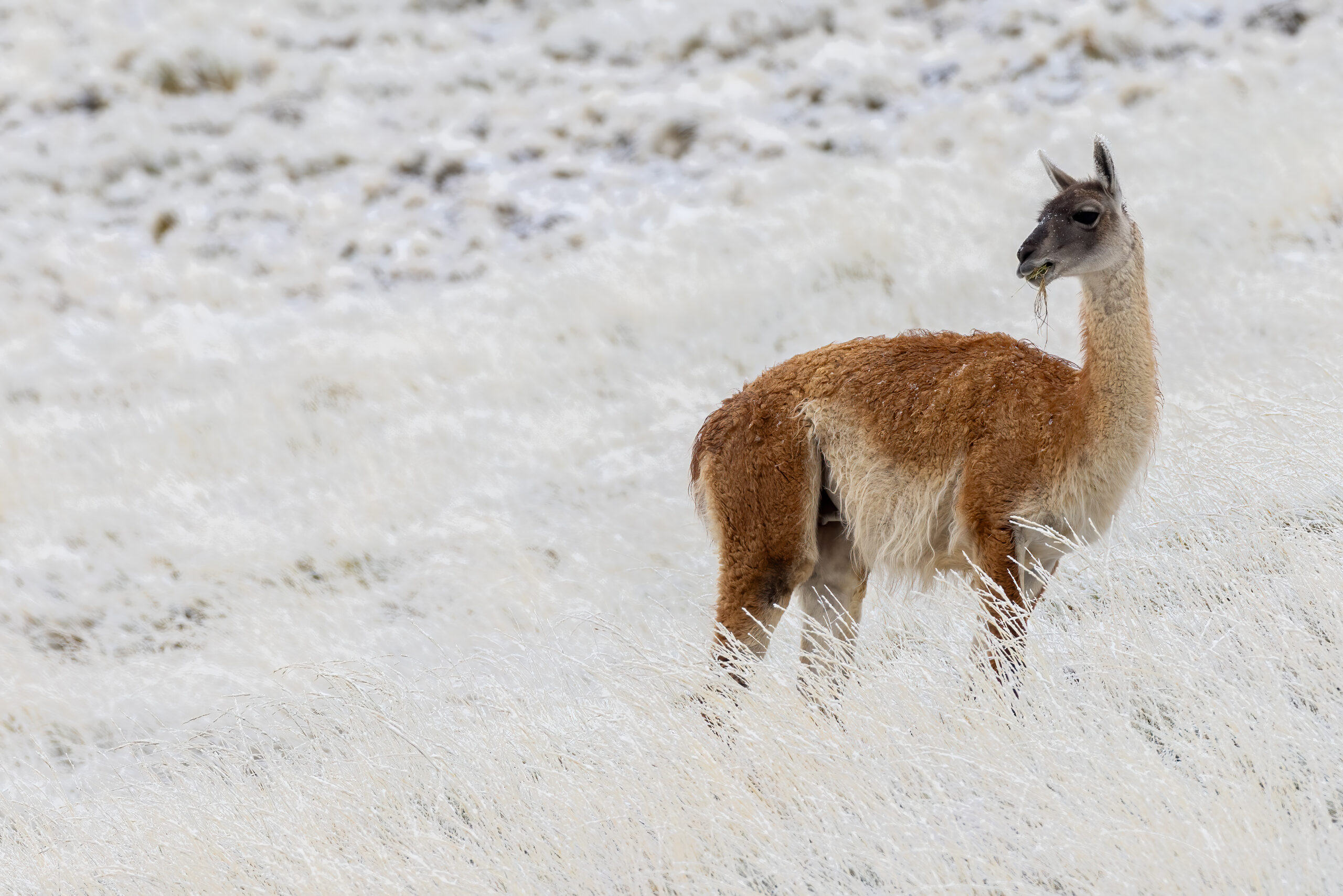
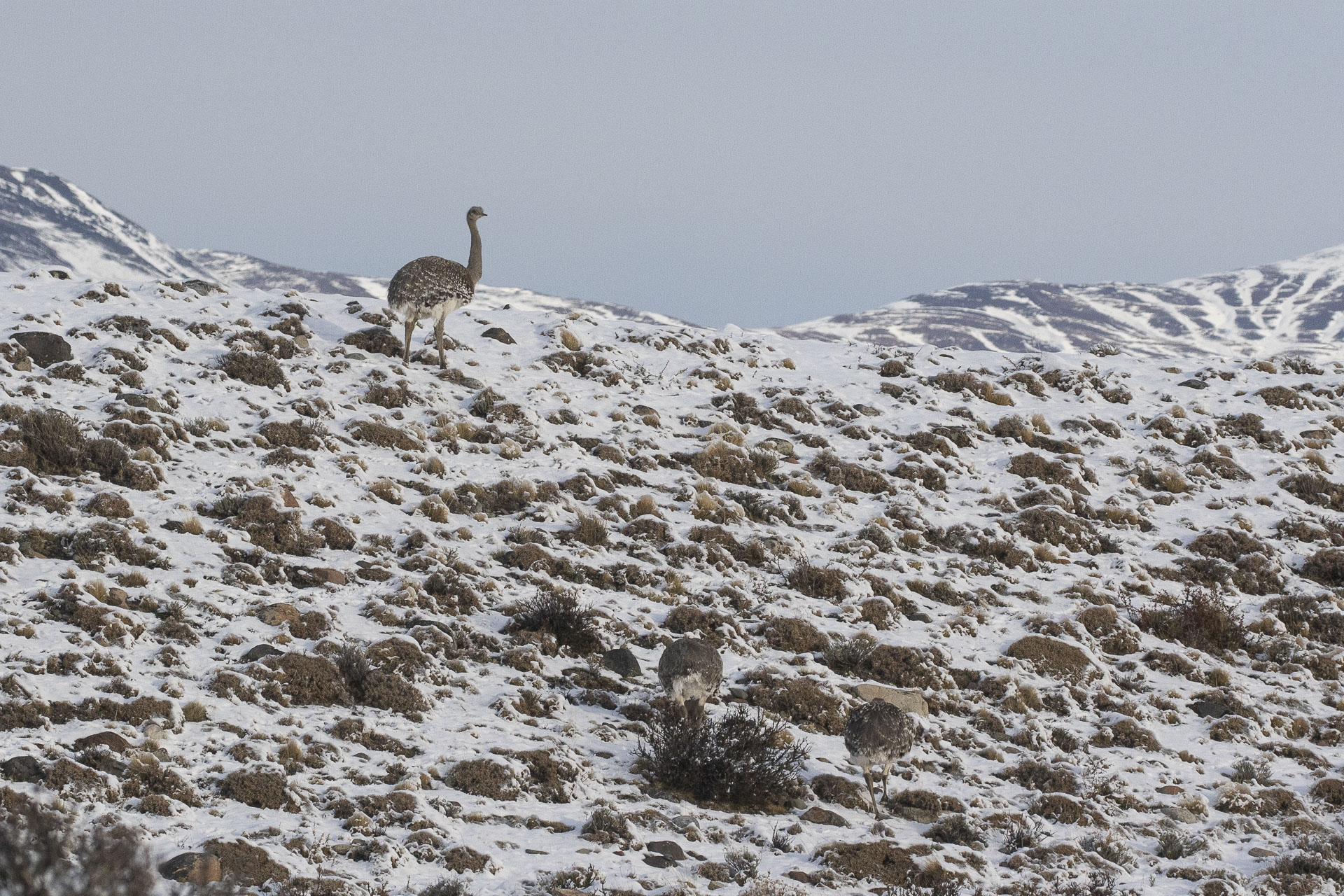
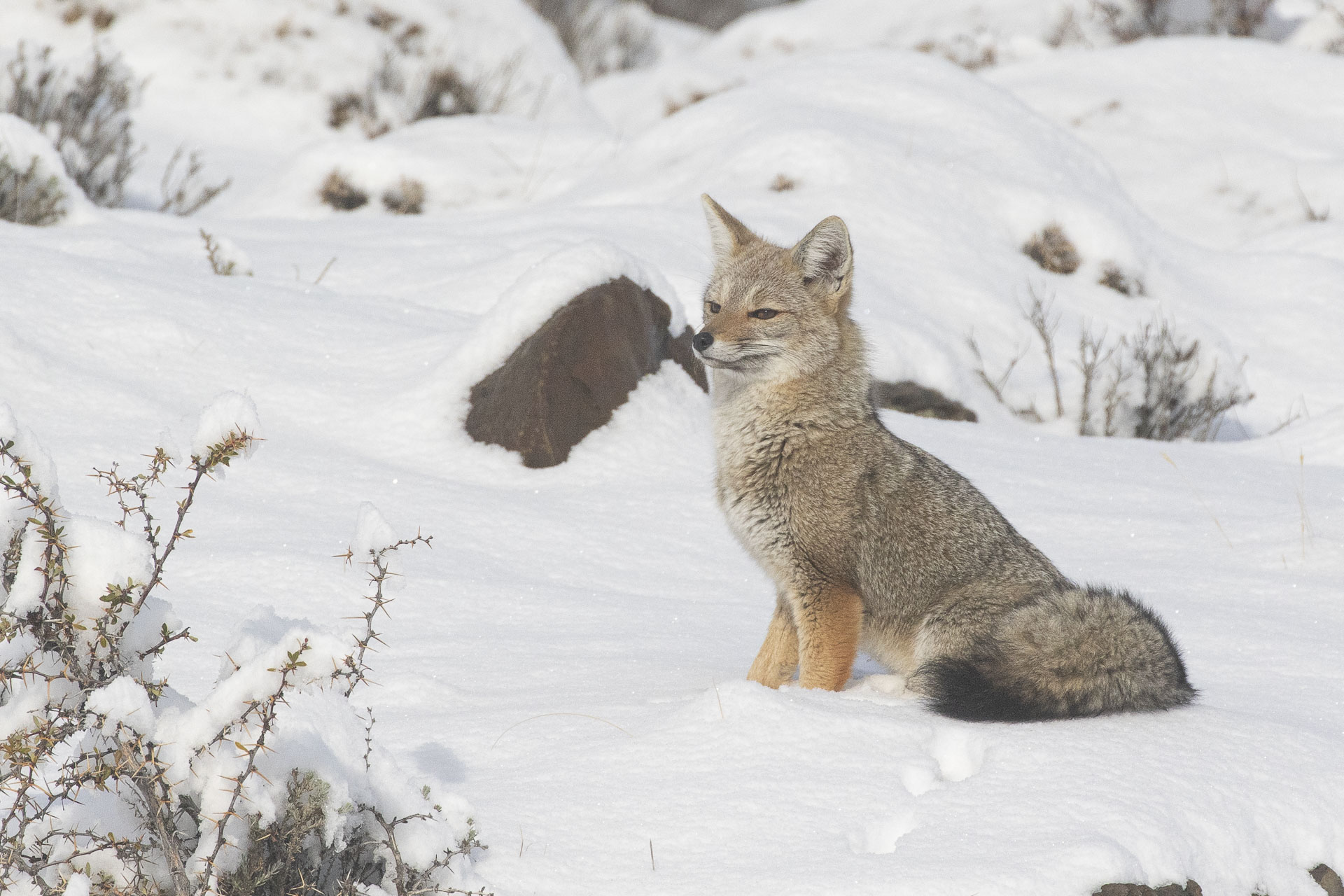
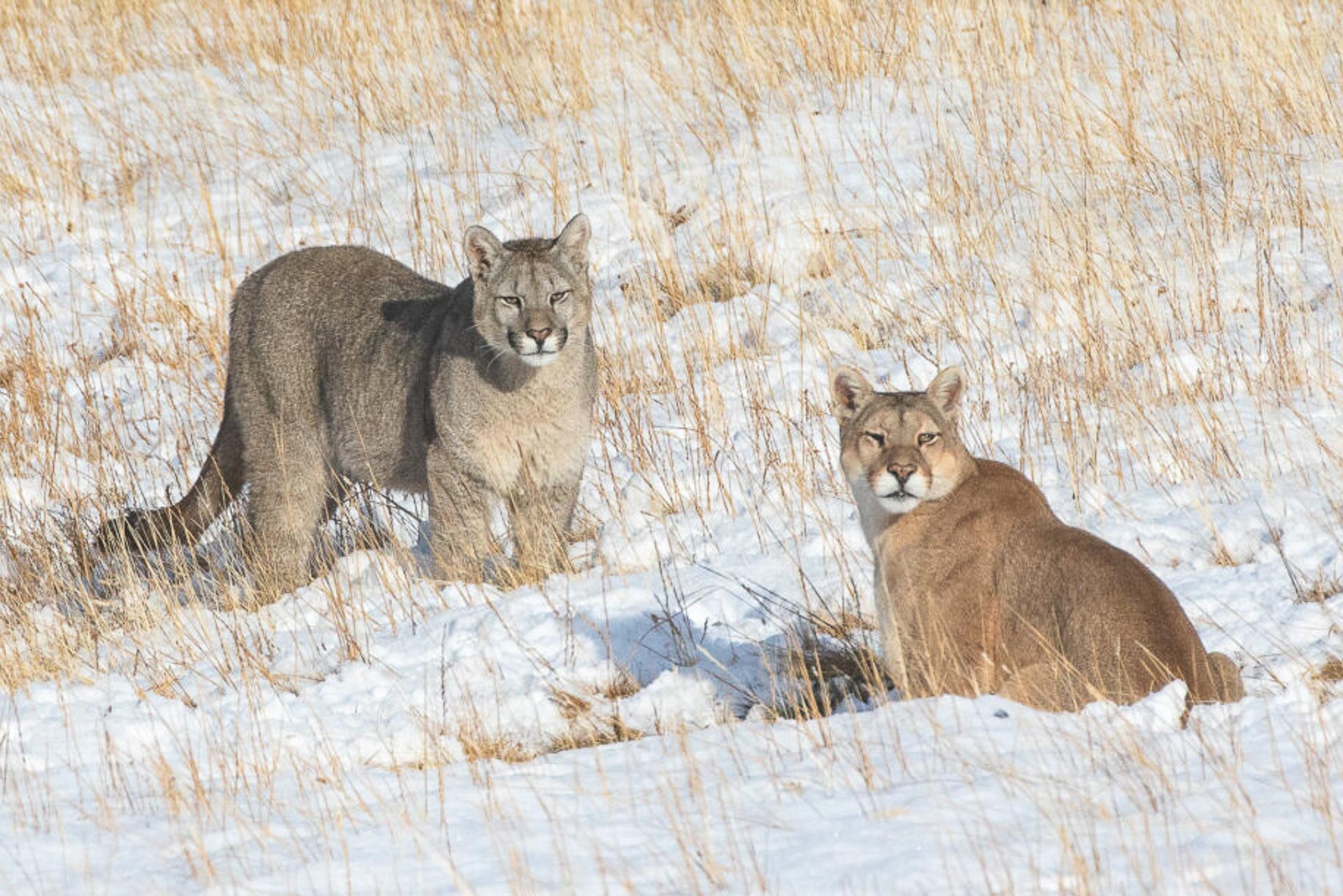
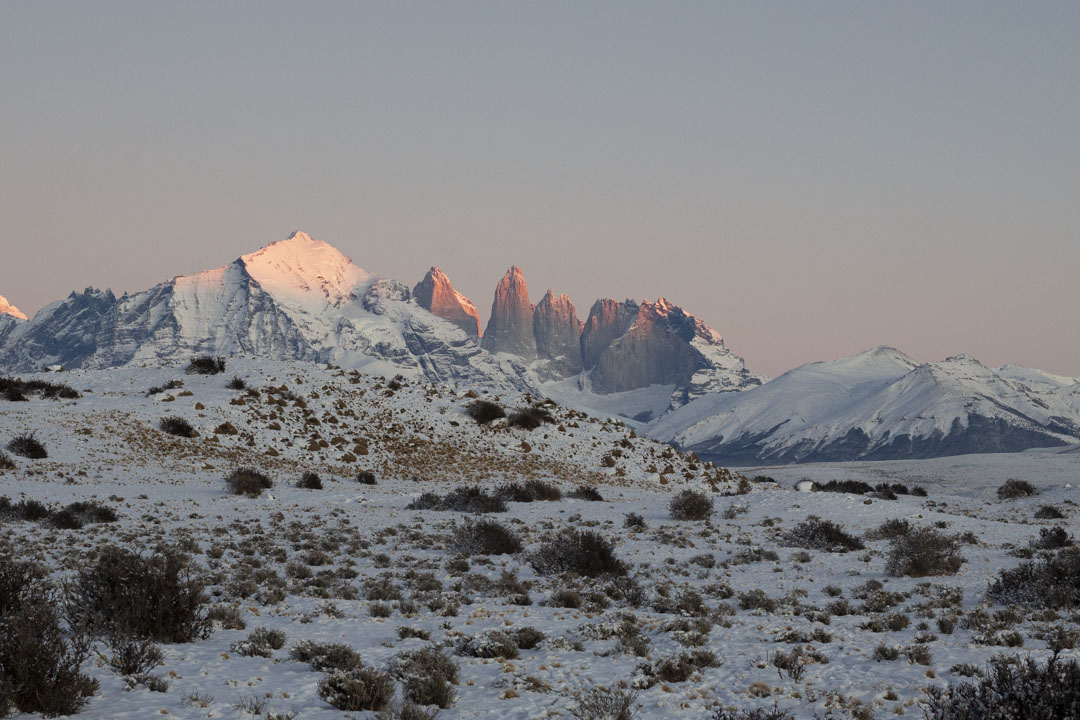
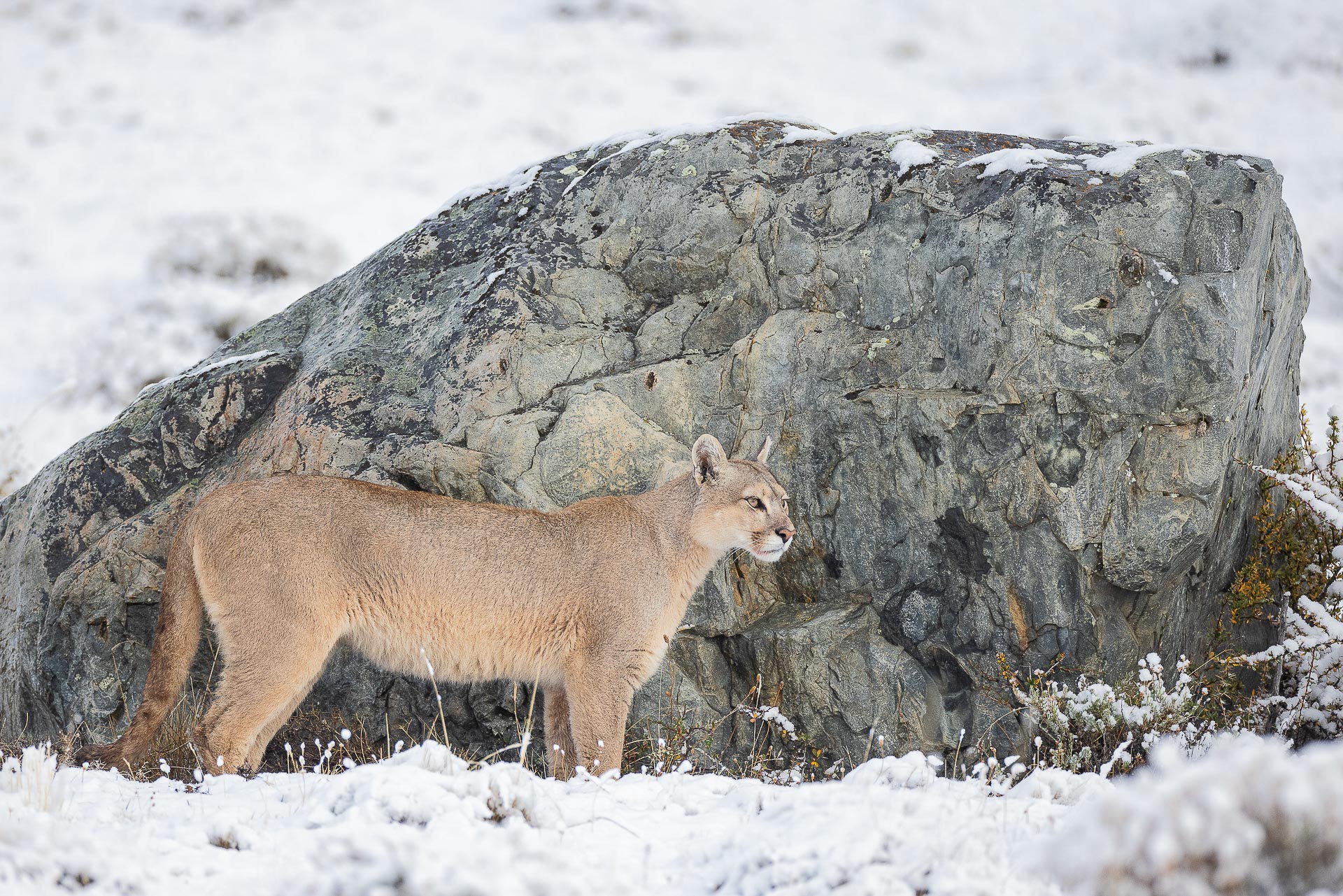
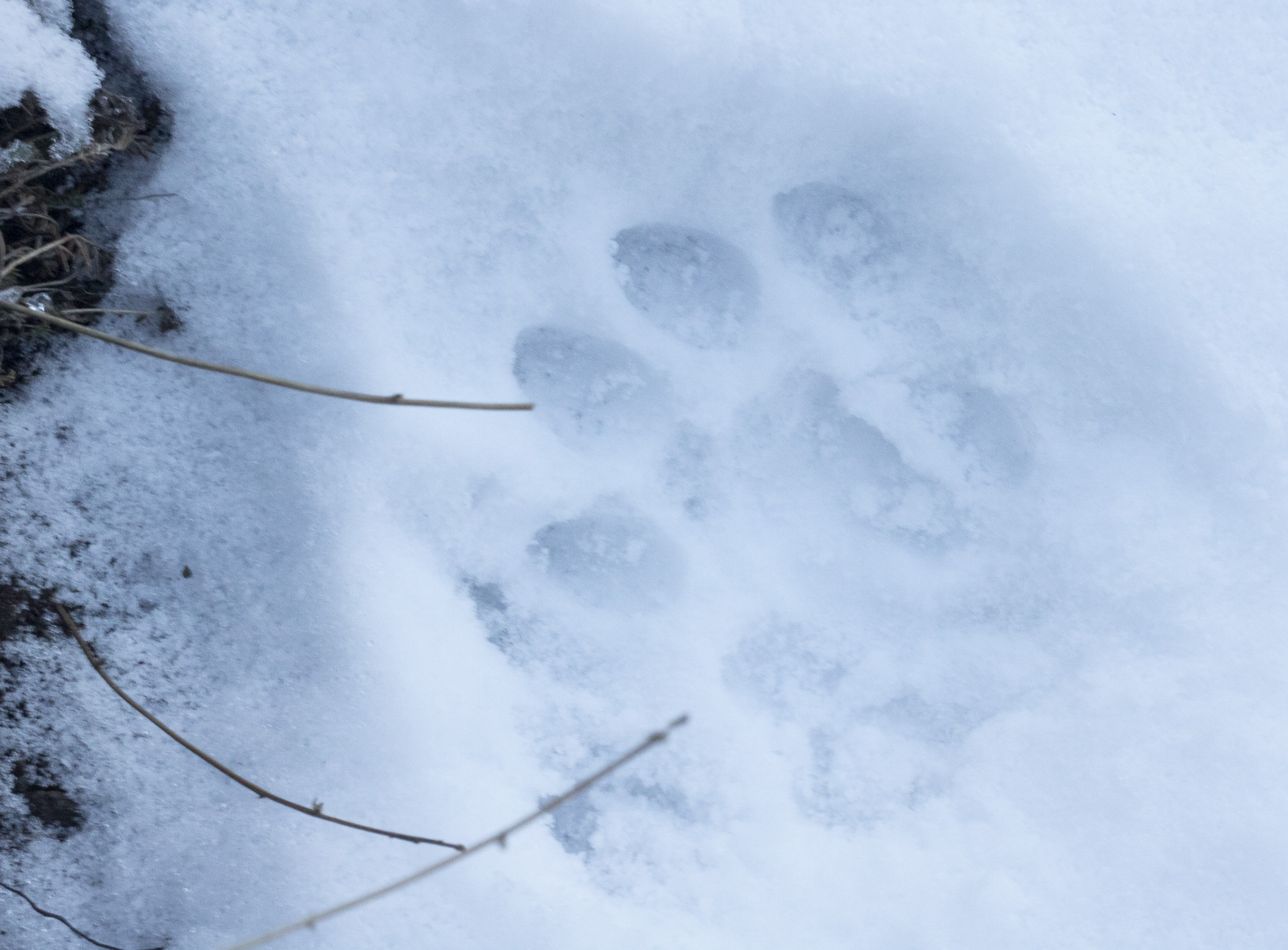
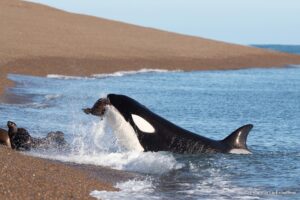
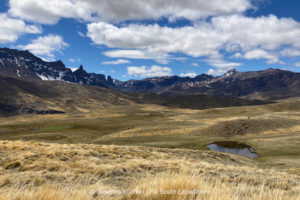

Leave a Reply
Your email is safe with us.